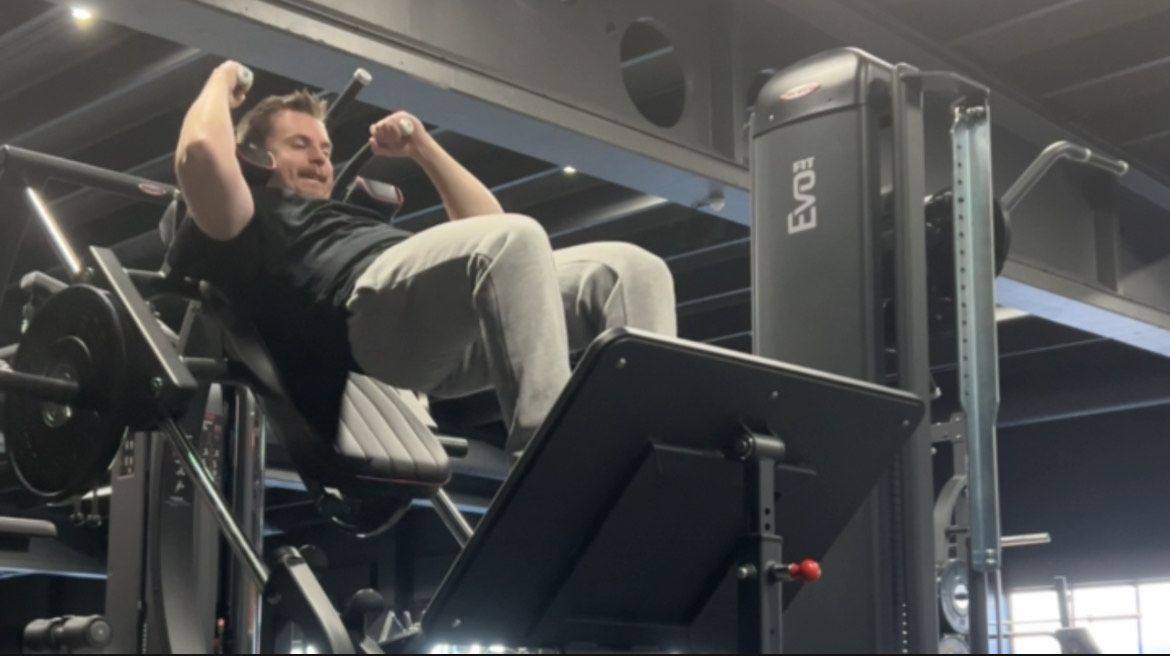7 different ways to use progressive overload
How to progressive overload
Progressive overload lies at the heart of effective strength training and muscle building. It is the principle of gradually increasing the demands placed on the muscles over time to stimulate growth and adaptation. While the concept of progressive overload is straightforward, there are various methods and techniques to implement it effectively in your training regimen. By understanding and applying different approaches to progressive overload, you can optimize your workouts and achieve consistent gains in strength and muscle mass. Let's explore some of the different ways to utilize progressive overload in your training.
1. Increase Resistance (Weight):
One of the most straightforward methods of progressive overload is to gradually increase the amount of resistance (weight) lifted during your exercises. By consistently lifting heavier weights over time, you challenge your muscles to adapt and grow stronger. Whether you're performing squats, bench presses, or bicep curls, gradually adding weight to the bar or dumbbells is a time-tested approach to stimulating muscle growth and strength gains.
2. Increase Repetitions:
Another way to progressively overload your muscles is by increasing the number of repetitions performed with a given weight. As you become stronger and more proficient with an exercise, you can gradually add more repetitions to each set. For example, if you typically perform three sets of 8-10 reps, you could aim to increase that to three sets of 10-12 reps over time. This higher volume approach can contribute to muscle hypertrophy (growth) and endurance.
3. Increase Sets:
Similarly, increasing the number of sets performed for a particular exercise can provide a form of progressive overload. Adding an additional set or two to your workout can increase the total volume of work performed by the muscles, leading to greater muscle stimulation and growth. However, it's essential to balance volume with recovery to avoid overtraining and maximize results.
4. Decrease Rest Time:
Manipulating rest intervals between sets is another effective way to apply progressive overload. By reducing rest periods between sets, you increase the intensity of your workouts, forcing your muscles to work harder and adapt to shorter recovery times. Shorter rest intervals can also enhance metabolic stress and calorie expenditure, making them beneficial for both muscle building and fat loss goals.
5. Increase Training Frequency:
Increasing the frequency at which you train a particular muscle group is another method of progressive overload. By training a muscle more frequently throughout the week, you provide additional stimuli for growth and adaptation. For example, instead of training your chest once a week, you could incorporate a second chest workout into your routine to increase overall training volume and stimulate muscle growth.
6. Implement Progressive Movement Patterns:
Progressive movement patterns involve gradually increasing the complexity or difficulty of an exercise over time. This can include variations such as increasing the range of motion, performing unilateral (single limb) movements, or incorporating instability (e.g., using a stability ball or balance board). These variations challenge the muscles in new ways, promoting continuous adaptation and growth.
7. Utilize Tempo Training:
Tempo training involves manipulating the speed at which you perform the concentric (lifting) and eccentric (lowering) phases of an exercise. By controlling the tempo of each repetition, you can increase time under tension and create greater muscle fiber recruitment. For example, using a slower eccentric phase (e.g., lowering the weight over 3-4 seconds) can enhance muscle damage and stimulate greater hypertrophy.
Conclusion:
Progressive overload is a fundamental principle of effective strength training and muscle building. By incorporating various methods such as increasing resistance, repetitions, sets, decreasing rest time, increasing training frequency, implementing progressive movement patterns, and utilizing tempo training, you can continually challenge your muscles and promote growth and adaptation. Experiment with different techniques and find what works best for your individual goals and preferences. Remember to prioritize proper form, adequate recovery, and progressive overload in your training to unlock your full potential and achieve lasting results in strength and muscle development.











